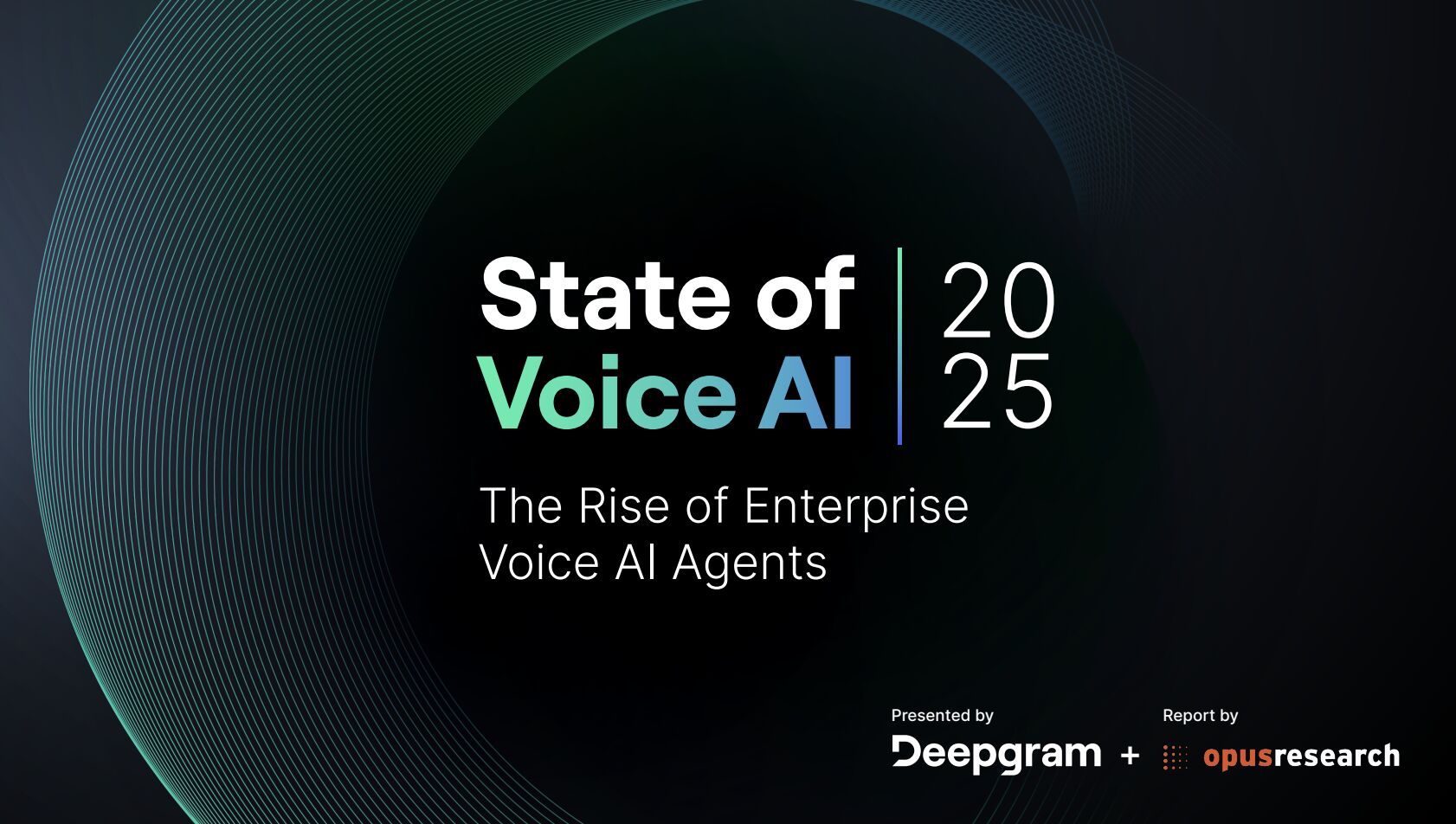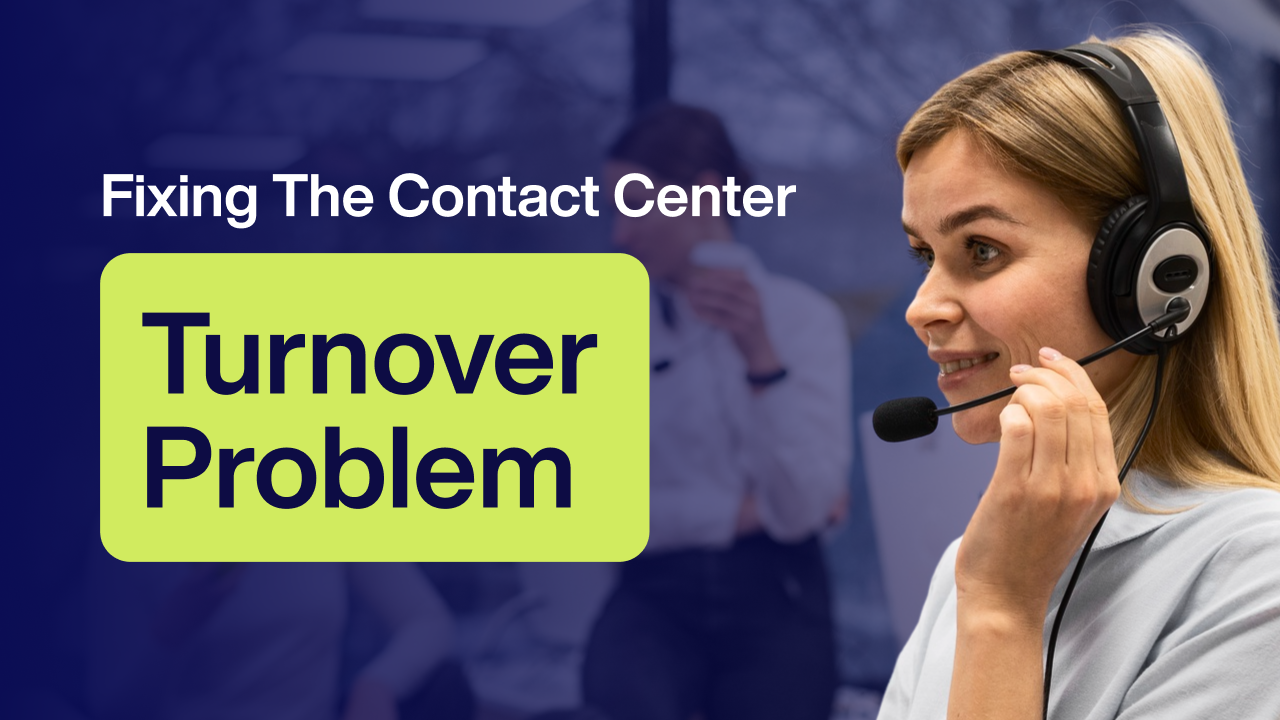How clinics are using AI to free up staff, improve efficiency, and refocus on patient care

Introduction: When Admin Overload Becomes a Clinical Crisis
Clinics—especially FQHCs and community-based health centers—are under pressure like never before. Provider shortages, increasing patient complexity, and shrinking margins are well-documented problems. But there's a quieter crisis compounding it all: administrative overload.
According to a study published in Annals of Internal Medicine, physicians spend nearly two hours on administrative work for every hour of direct patient care. Tasks like documentation, coding, intake processing, and appointment scheduling take up significant time—hurting staff morale, patient satisfaction, and even revenue cycles.
This isn’t just inefficient. It’s unsustainable.
Enter AI assistants—tools designed to automate repetitive, rule-based administrative tasks so human teams can focus on what they do best: caring for people. These tools are already proving their value by streamlining documentation, reducing scheduling backlogs, improving coding accuracy, and speeding up communication.
The results?
✅ Reduced burnout
✅ Faster clinic throughput
✅ Higher staff satisfaction
✅ Improved financial performance
In this article, we’ll break down two core AI features helping reduce admin burden, share real-world examples from clinics that have adopted AI, and offer practical advice for leaders considering the shift.
1: Automating Documentation – AI That Listens and Writes
Key Process Feature: AI-Powered Scribes and Ambient Listening Tools
Documentation is one of the most time-consuming parts of a clinician’s day. Between SOAP notes, coding, summaries, and follow-ups, even a short visit can generate 10–15 minutes of charting.
AI assistants are transforming this process through ambient listening—tools that “listen” to the natural patient-provider conversation and generate structured clinical notes in real-time.
Tools in Use:
- Abridge: Extracts and summarizes patient conversations into draft notes, ICD-10 codes, and follow-up instructions
- Suki: Voice-enabled assistant that generates notes 76% faster than manual typing
- Ambience Healthcare: Integrates with EHRs to produce real-time SOAP notes and support clinical decision-making
Example:
One FQHC in Northern California implemented ambient AI scribing in early 2024. Within six months:
- Documentation time per visit dropped from 11 mins to 3 mins
- After-hours charting decreased by 70%
- Provider burnout scores fell by 40% (internal HR survey)
These results aren’t isolated. Suki reports that across users, their tool helps reclaim 1–2 hours/day per clinician—time that can be used for more patient visits or shorter workdays.
Bottom Line:
AI-powered documentation removes the “second shift” many providers face after clinic hours. It doesn’t just make notes faster—it makes workdays more humane.
2: Smarter Front Desk—AI That Handles Scheduling, Forms, and FAQs
Key Product Feature: AI Assistants for Intake, Scheduling, and Communication
While clinical documentation gets a lot of attention, much of a clinic’s administrative load sits at the front desk—where staff juggle phone calls, insurance paperwork, patient intake, and scheduling.
AI can now handle many of these repetitive tasks.
Use Cases:
- Automated Appointment Scheduling
AI systems match appointment slots with patient needs, reducing double-bookings and optimizing daily flow. - Smart Reminders and Rescheduling
Text-based bots remind patients of upcoming visits, detect cancellation intent, and offer rescheduling options—without staff intervention. - Digital Intake and Insurance Verification
Tools like Notable Health extract data from patient-submitted forms and pre-fill EHR fields, validating insurance automatically. - AI Phone Agents
Companies like Hyro and Navina provide conversational AI tools that answer FAQs and route calls intelligently.
Impact:
At a mid-sized clinic in Ohio using AI for scheduling and reminders:
- No-shows dropped by 21%
- Daily calls to the front desk reduced by 35%
- Time spent per new patient intake decreased from 11 mins to 4 mins
These numbers translate directly into saved hours and smoother patient journeys.
The Bigger Picture:
Smart front-desk automation doesn’t eliminate jobs. It elevates them—allowing staff to focus on escalated cases, in-person support, and urgent needs, instead of routine queries.
3: Real-World Examples of AI in Action
People-Centric Transformation: What Success Looks Like on the Ground
🌟 Case Study 1: Community Health Center of Southeast Kansas (CHC/SEK)
With 13 locations and a high patient load, CHC/SEK implemented ambient AI documentation tools in mid-2023.
Results after 6 months:
- 2 hours/day saved per provider
- Increased provider satisfaction (35% increase in engagement survey scores)
- Improved coding accuracy, leading to better billing capture
CHC/SEK leadership noted that clinicians were more likely to stay on top of charting, and patients appreciated how present and focused their providers felt during appointments.
🌟 Case Study 2: Hawaii-Based FQHCs & AI Scheduling
In partnership with a local health tech vendor, several FQHCs in Hawaii piloted AI for automated scheduling and care coordination between behavioral and primary care services.
Key Wins:
- 40% fewer missed referrals
- 18% increase in behavioral health visit completion
- Front-desk team reported “less chaos” during peak hours
Patients benefited too: the median time between referral and behavioral health intake dropped from 12 days to 5 days.
🌟 Case Study 3: Urban CMHC Deploying AI Intake Bot
A community mental health center (CMHC) in New York adopted an AI intake assistant in early 2024.
The AI helped gather demographic data, screen for eligibility, and explain next steps via SMS and web.
Outcomes:
- 60% of intake packets completed before arrival
- Dropout rate pre-first appointment reduced by 15%
- Staff reported fewer repetitive calls and higher patient readiness
Conclusion: AI Is Not a Future Tool—It’s a Present-Day Enabler (200 words)
AI is no longer a futuristic concept—it’s a practical, proven tool that clinics can use today to reduce admin burdens and create space for what matters most: human connection.
Whether it’s through automated documentation, AI-powered scheduling, or front-desk support, AI assistants are changing the game for FQHCs, CMHCs, and other care providers. The shift isn’t about replacing humans—it’s about amplifying their impact.
Across the board, clinics that implement AI see:
- More time for patient care
- Less burnout
- Improved operational efficiency
- Better financial outcomes
But like any transformation, success depends on intentional integration:
- Involve staff early
- Choose use cases tied to actual pain points
- Track results over time
- Keep patients informed and supported
As the healthcare system navigates staffing shortages and financial strain, AI offers a rare opportunity: a tool that improves outcomes, boosts morale, and doesn’t compromise on care quality.
So, if your clinic is still stuck under the weight of manual workflows, it’s time to ask:
What would your team do with 10 extra hours a week?
Let’s explore how AI can fit into your clinic—without disrupting what’s already working.
📅 Book a demo
📩 Contact our team
📘 Or download our guide: “The AI-Enabled Clinic: 5 Use Cases That Save Time and Money”
No Spam —
Just Good Stuff.
Join our newsletter for actionable advice, insider knowledge, and strategies that drive real results.
No fluff, just value.
%20(1).png)

.png)



































































.png)
.png)
.png)



.png)
.png)
.png)
.png)
.png)
.png)
.png)
.png)
.png)
.png)
.png)
.png)
.png)
.png)
.png)
.png)









